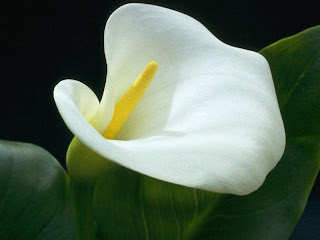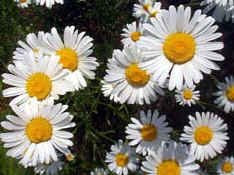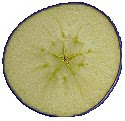Flower Petals
1 petal – white calla lily
2 petals - euphorbia
3 petals- iris & lily
5 petals - buttercup, wild rose, larkspur, columbine
8 petals - delphiniums
13 petals - ragwort, corn marigold, cineraria, black-eyed Susan
21 petals – Shasta daisy, aster, chicory
34 petals – field daisies, plantain, pyrethrum
55 or 89 petals - michelmas daisies, the asteraceae family
1 petal – white calla lily
2 petals - euphorbia
3 petals- iris & lily
5 petals - buttercup, wild rose, larkspur, columbine
8 petals - delphiniums
13 petals - ragwort, corn marigold, cineraria, black-eyed Susan
21 petals – Shasta daisy, aster, chicory
34 petals – field daisies, plantain, pyrethrum
55 or 89 petals - michelmas daisies, the asteraceae family
Fruits & Vegetables
An apple has 5 sections:
Pineapple: The scales are patterned into spirals of hexagonal shapes of which three are distinct sets of spirals. One set of 5 spirals ascends at an angle to the right, a second set of 8 spirals rises steeply to the left and the third set of 13 spirals rises very steeply to the right.






A cauliflower also shows the golden spiral.
Animals
Dolphins: The eyes, fins and tail of the dolphin are golden numbers and the fins of a dolphin are divided using the ratio as well.
Dolphins: The eyes, fins and tail of the dolphin are golden numbers and the fins of a dolphin are divided using the ratio as well.
Penguin: The eyes, beak, wing and certain body markings of the penguin all fall at golden sections of its height.

Human Body
The ear reflects the shape of the fibonacci spiral and the cochlea of our inner ear forms a golden spiral as well.
Fingers: 8 fingers in total, 5 digits on each hand, 3 bones in each finger, 2 bones in 1 thumb, and 1 thumb on each hand.
Music
A piano keyboard has 8 white keys, 5 black keys in groups of 2 and 3These 13 keys comprise one octave.















